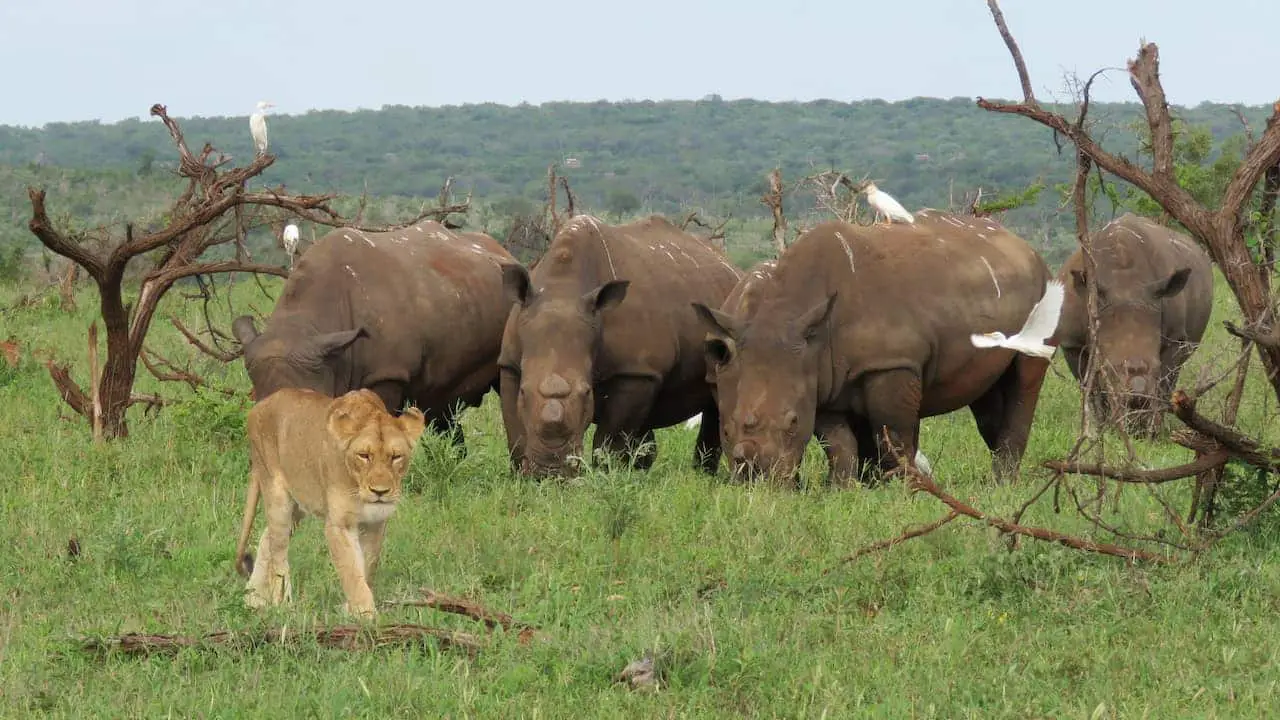Adventure Tourism from a Legal Perspective – Part 3
This series of articles explores the legal aspects associated with the risks of operating an adventure tourism business, with specific relevance to the legal framework applicable to South Africa. Part 1 can be found on page 25 of the June 2016 edition or read the article online here, and Part 2 on page 33 of the August 2016 edition or online here. By ‘Louis The Lawyer’
Summary so far: Part 1 provided definitions for the term Adventure, while Part 2 looked at risk in terms of Nationality of Participant, Service Providers, Bookings, and Terms & Conditions.
PART 3
Clearly the Adventure Tourism topic gives rise to many issues as the word ‘adventure’ implies a definite element of risk and with it issues such liability, responsibility,
Urban legend will have you believe that an indemnity is not worth the paper it is written on – sure it can be contested in court but if properly drafted and applied (see below) it should not only assist the insured in negotiating a (higher) deductible and a lower premium, but it is a very useful bargaining chip in settlement negotiations and may well get you ‘Off the hook’! The bottom line is that it is legal and enforceable.
However, as alluded to above, it is imperative that it is properly ‘applied’ and inter alia all the Consumer Protection Act, Act 68 of 2008 (‘the CPA’) requirements must be met regarding the wording and in the lead up to and signature thereof (see below).
One of the most important aspects is a detailed briefing of participants well before they engage in the activity – this must be done verbally and it can be supplemented by a document but the latter must be supplementary and not a substitute!
CPA REQUIREMENTS
What are the CPA requirements? Here is a brief summary:
Section 22 – all your documents (including your website and signage) must be in plain language and this pertains not only to grammar but also to diagrams.
Section 41 – you must ensure that the participant has no ‘misapprehension’ e.g. is not confused, hence my suggestion that the briefing must be verbal as by doing so, you can observe the party’s body language – the CPA requires of you to correct any such misapprehension! This may well result from an innocent or unintended ‘exaggeration, innuendo or ambiguity’ which is outlawed by this section, as is any ‘false, misleading or deceptive representation concerning a material fact’.
Section 48 – deals with terms and conditions that are ‘excessively one-sided, inequitable’ and, as with section 41, representations that are ‘false, misleading or deceptive’ (This section must be read in detail with regulation 45).
Section 49 – risks that are usually encountered in adventure tourism may well be linked to potential ‘serious injury or death’ or be of an ‘unusual character’, over and above which an indemnity or waiver and the concomitant assumption of risk clearly fall within the ambit of this section. Consequently such risks must be clearly explained (see ‘Briefing’ above) AND accepted by participants and this must take place as early as possible e.g. not when they are on the point of participating but the ‘earlier of’ when they enter into the contract, pay or participate. The reason the CPA stipulates is to enable the participant to ‘receive and comprehend’ the implications – clearly not the case when a participant is presented with an indemnity as he is about to bungee jump or get into a kayak!
Section 51 – outlaws the exclusion of, or limitation of, liability for/to gross negligence and such an agreement (e.g. indemnity) will be null and void!
Section 61 – this is the so-called no fault/absolute liability provision and is linked to faulty equipment and/or inadequate instructions (see ‘Briefing’ above).
To be continued in Part 4 (October 2016).
Disclaimer: This article is intended to provide a brief overview of legal matters pertaining to the tadventure tourism industry and is not intended as legal advice. © Adv Louis Nel, ‘Louis The Lawyer’, September 2016.
DOWNLOAD THIS ARTICLE in PDF format – click onto the image below.






